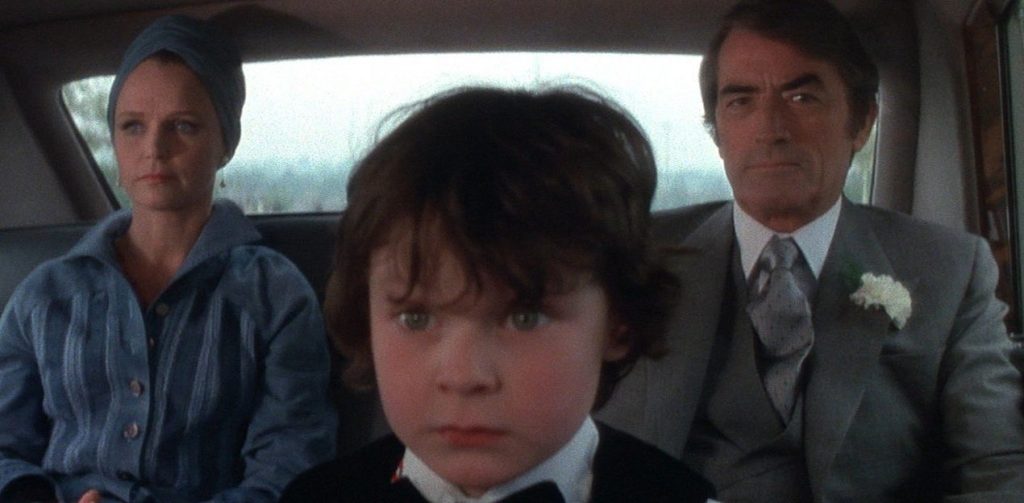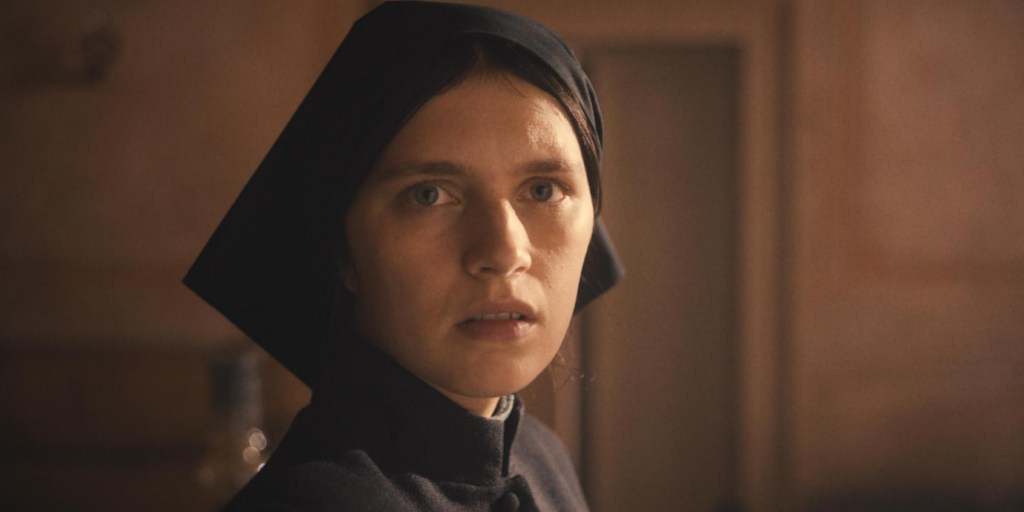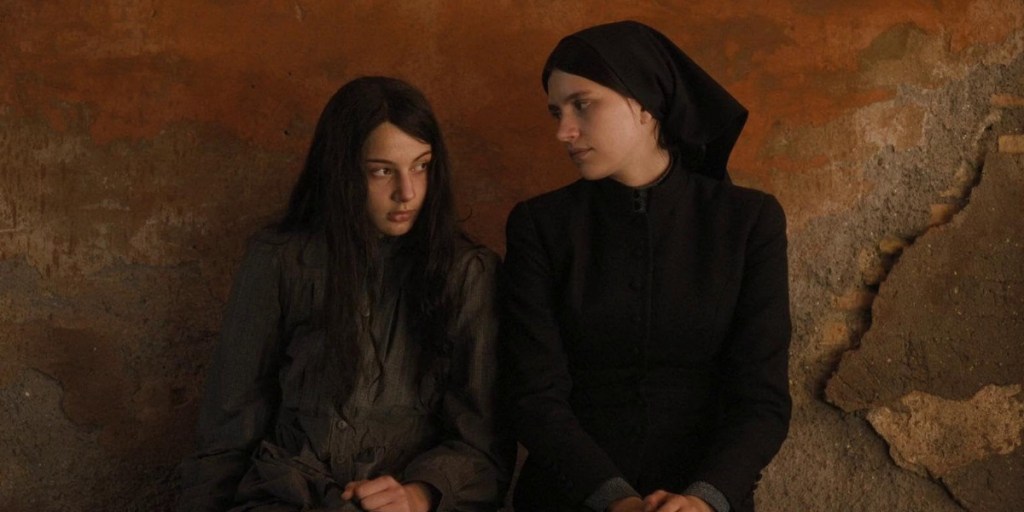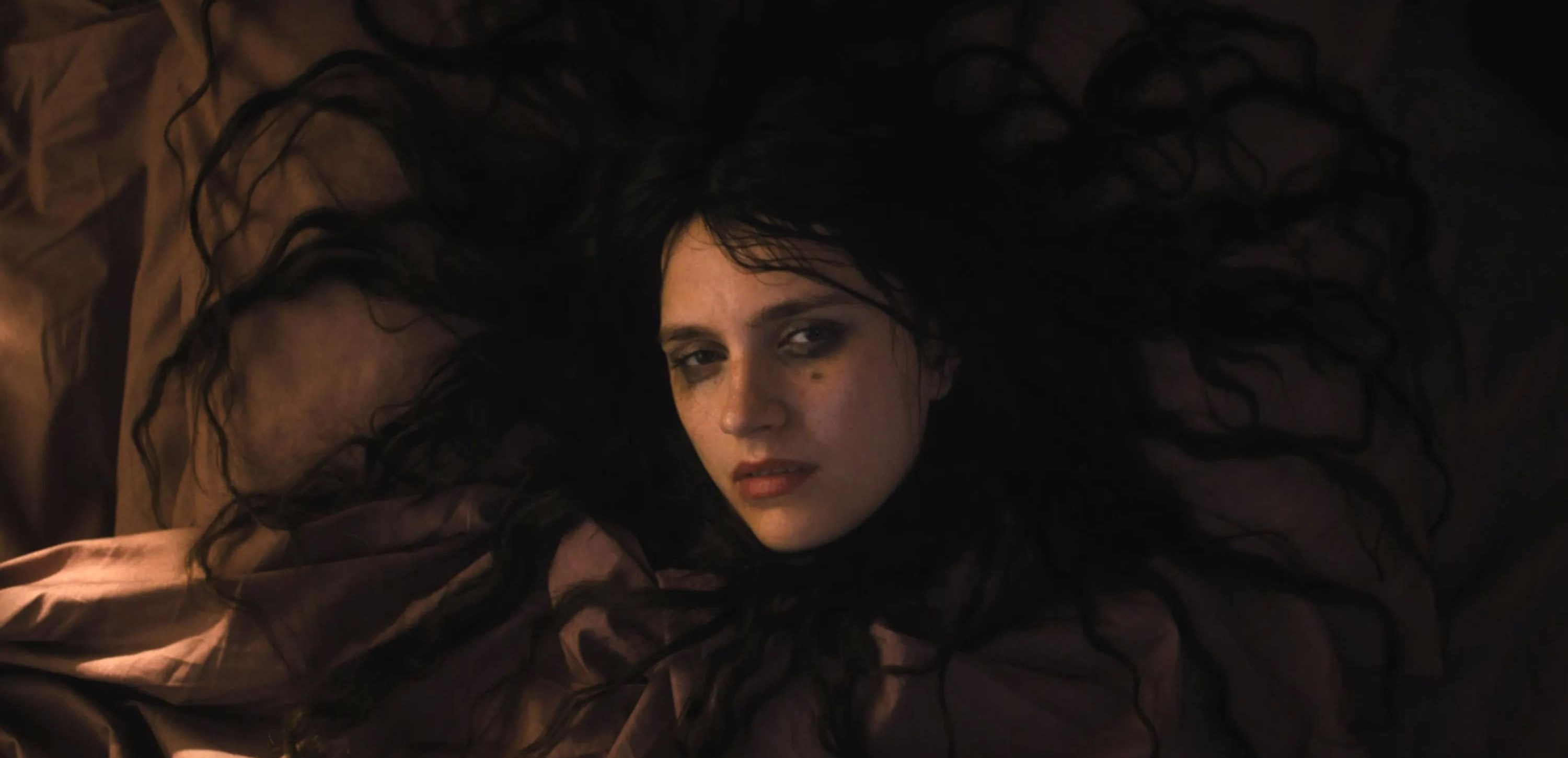In ‘The First Omen,’ debut feature director Arkasha Stevenson unveils a story of mounting consequences as demonic forces and occult conspiracies threaten to tear the fabric of a young woman’s reality. The film revolves around Margaret Daino, a novitiate sister who travels to Rome, Italy, to further her religious fervor, only to be caught in a myriad of dark ploys when she starts working at an orphanage for little girls. While the streets of the Eternal City are teeming with riots and protests, a far more insidious and sinister plot emerges that involves the birthing of a terrifying evil entity called the Antichrist.
Intended as a prequel to the 1976 horror film ‘The Omen,’ the Stevenson-directed film elaborates upon the missing links within the narrative, specifically surrounding the creation of the Antichrist figure. Both films are steeped in Christian mythology and satanic cults that have hijacked the faith and corrupted it through the lens of power and obfuscation. As it acts as a precursor to those unholy events in the 1976 film, ‘The First Omen’ digs into a nightmarish narrative of female body horror through its fledgling lead. Eerie and atmospheric, its disturbing plunge into the ghastly world of rituals is authentically drawn and sparks a conversation regarding its origin and inspirations.
The First Omen Owes an Inspirational Debt to The Omen
‘The First Omen’ is a fictional story about religious subterfuge and manipulation brought to life from a screenplay by Tim Smith, Arkasha Stevenson, and Keith Thomas. Just like ‘The Omen,’ it is obsessed with the notion of the Antichrist and his role as the savior/destroyer of humanity. The first film’s narrative is built around the terrifying false prophet named Damien. While director Arkasha Stevenson depicts a tale focused on the creation and birthing of the Antichrist, in Richard Donner’s 1976 film, the crux of the narrative falls upon the evil and vicious actions undertaken by this individual in the shape of a young, defenseless boy. Both films dovetail with each other through this sinister entity.

David Seltzer, a scriptwriter with vast experience in documentary films, penned the original story down. He delved into the ‘Book of Revelation,’ an apocalyptic book within the New Testament, to gain insight into the root of his horror story. Mainly inspired by The Beast, also known as the Antichrist, who rises from the “Eternal Sea,” Seltzer had his antagonist in mind. Another piece of the text also informed him about the sphere of influence the Antichrist operated in, which he understood as the world of politics. This is where the notion of placing the Antichrist in a family of diplomats came from.
In ‘The Omen,’ Damien is adopted into the family of Ambassador Robert Thorn after the man loses his newborn son. Robert lies to his wife, convincing her that Damien is their biological son to soothe her worries. By taking in the child under falsehood, the ambassador commits a grave sin that comes back to haunt him. However, the film never concretely addresses the origin of Damien’s biological mother. It is handled cryptically and enigmatically, leaving all possibilities open for interpretation. That’s where ‘The First Omen’ picks up the cudgel of the story.
The First Omen Reinvents While Also Reinforcing its Horror Roots
In ‘The First Omen,’ the emphasis is placed on Damien’s mysterious origins, and co-writer and director Arkasha Stevenson wished to address the first film’s central question, “Where did Damien come from?” Tackling the open-ended question regarding the birth of the Antichrist left Stevenson with a considerable amount of playing room. There wasn’t much on offer in the first film as an explanation. As a result, the director felt that taking the story through a new angle, as told through the eyes of a novice like Margaret, changed the original dynamics to a female body horror film.

In an interview with Screenrant, she discussed the prequel’s new direction and her quest to answer the question about Damien’s origins. “I think what is really exciting is that more and more women are getting into the horror space, and I’m very interested in body horror. I think when you ask the question of where does Damien come from, that means you’re inherently telling a story about birth and about the female body. So, getting to explore body horror as it pertains to the female body was really exciting. I think exploring that more through just this lens of pure fear and not glorifying it or fetishizing it. There’s a lot to be done there.”
The film inherently possesses an unedifying biological undertone because it is fascinated with the female anatomy. From unwanted pregnancies to little girls being mistreated, there is an underlying narrative of communal abuse being explored. It also tackles the complex topic of rape and how it can become systemic through practice and generations of misuse and tolerance. Stevenson reckoned this corruption of authorities had led to a mistrust between people and their institutions. This is vividly explored in the story through Margaret and Carlita’s experiences in the orphanage and at the hands of the satanic cult of church members.

A similar style and tone was adopted for the movie as in the 1976 feature. As a precursor to the original film, ‘The First Omen’ keeps the familiarity alive while modernizing its themes—for instance, the dismantling of borders between what’s real and what’s not. Taking inspiration from the 1965 Roman Polanski movie ‘Repulsion,’ the debut director wanted to blend the surreal and natural in a heady mix, leaving the novice protagonist, Margaret, confused about the state of her mind. She told Indiewire, “This woman is in the midst of a conspiracy, but she doesn’t realize it because she’s constantly questioning her reality.”
As an objective, Stevenson wanted to keep the roots of ‘The First Omen’ grounded in the reality of David Seltzer’s original conception. Delving into biblical mythologies, satanic and occult plots, and a desperate lead looking to escape her existence, there is a lot of paranoia abounding within the narrative. But while it may be supernatural in its medium of delivery, it maintains a seamless and perfect continuity with its predecessor while reimagining the horrors that catapulted its impact.


You must be logged in to post a comment.